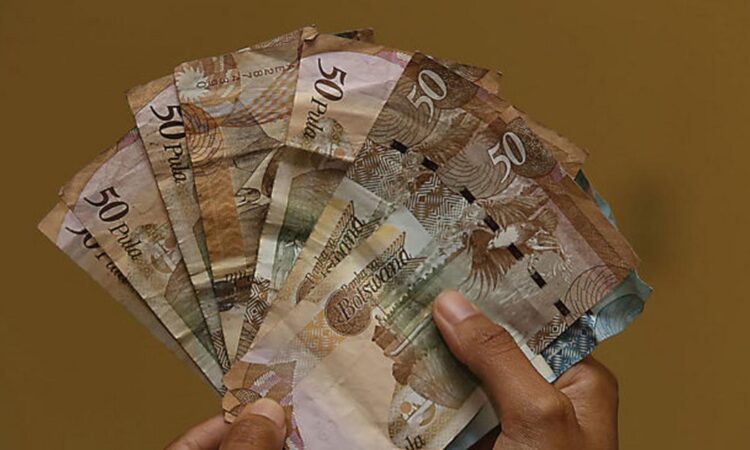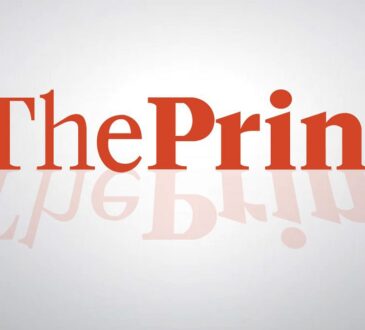
According to the minister, the need for a downward adjustment in the pula “is a reflection of weak production capacity and productivity of the economy,”
“It is also inflationary, ultimately affecting price competitiveness,” he added
The pula is pegged to a basket of foreign currencies, with the South African rand accounting for 45%, and the remainder consisting of International Monetary Fund reserves known as special drawing rights (SDRs).
SDRs include the US dollar, British pound, euro, yen, and renminbi. Botswana then applies an annual crawl rate to the currency.
The country has high foreign exchange reserves, which have enabled it to weather the pandemic-induced economic storm better than most. The Pula Fund, a sovereign fund created in 1994 that finances a large part of the budget deficit, has meant that fiscal dependency on a debt has been low.

